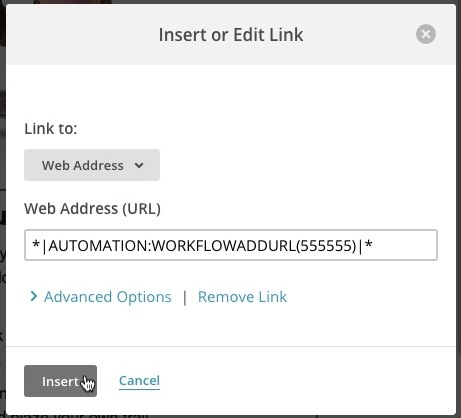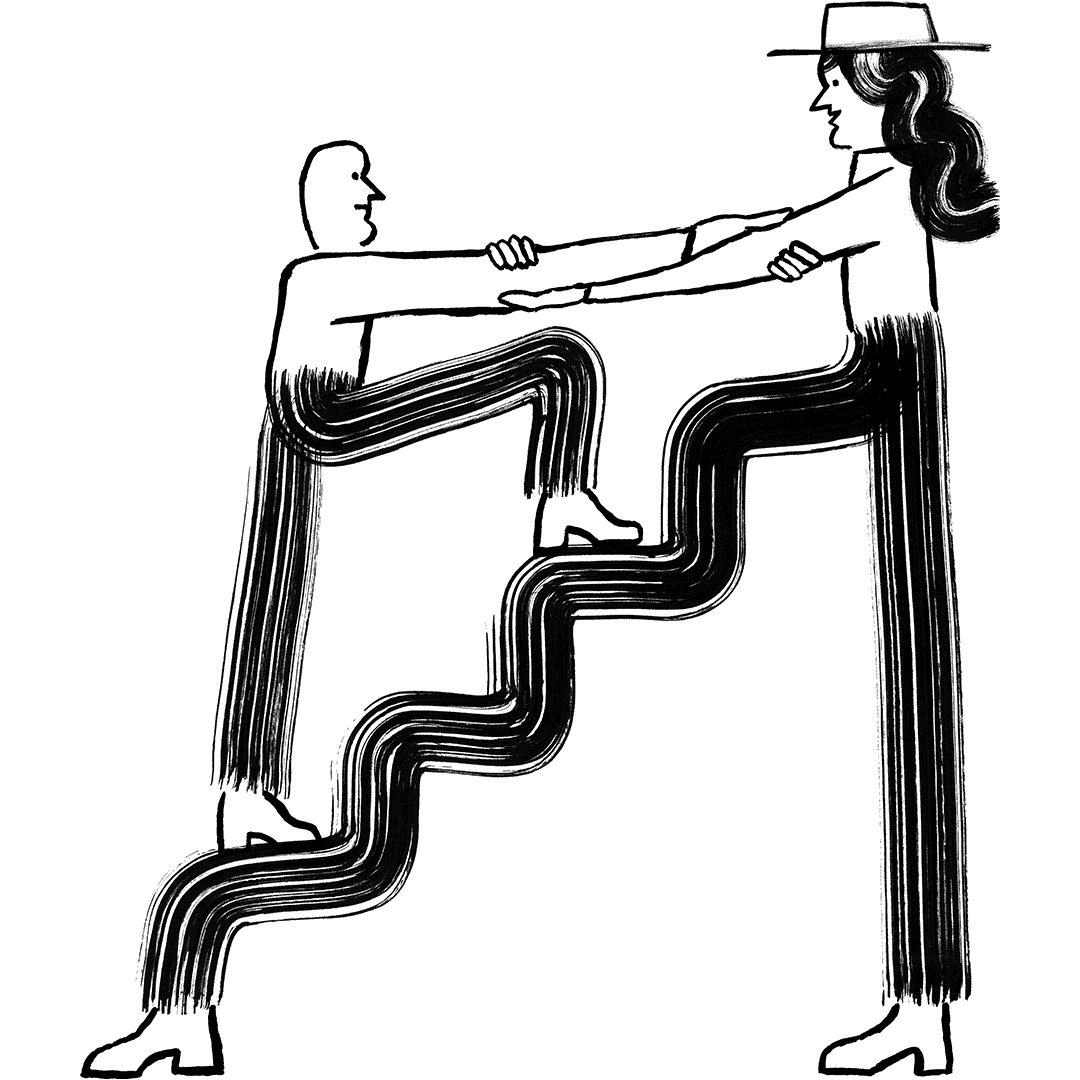Classic Automation Types
Learn about Mailchimp's automation types and how you can use them.

Get the job done with a pro
From training to full-service marketing, our community of partners can help you make things happen.
After you start an activity-based classic automation, you may want to add or remove subscribers, or give your subscribers more control over which automation emails they receive.
In this article, you'll learn how to view subscribers in a classic automation queue, change an automation's recipients, and add a merge tag to your campaigns or automated emails so subscribers can choose to join or leave an automation.
When a subscriber meets the trigger and segmentation criteria for an email in an active classic automation, they'll appear in its sending queue. After the email sends, subscribers will leave the queue. After a subscriber receives one email in the automation, they'll move into the next email’s queue depending on its segments and triggers.
To view the subscriber queue, follow these steps.

Click All campaigns.
If you have more than one audience, click the Audience drop-down and choose the one associated with the campaign you want to work with.

In the pop-up modal, you'll see all the subscribers in the queue, as well as the date and time they'll receive the email.

You may need to add subscribers to a classic automation if your trigger specifications disqualify certain members of your audience, but you still want them to receive the automation. For example, you want existing subscribers to receive an automation, but your trigger is audience signup.
You can add subscribers to any activity-based classic automation, except ones that are in a draft state. Subscribers who have been removed from an automation, or have removed themselves from an automation, can't be added back.
To add a subscriber to your automation, follow these steps.

Click All campaigns.
If you have more than one audience, click the Audience drop-down and choose the one associated with the campaign you want to work with.




Subscribers will be added to the first email's queue, and will move through the automation.
If you no longer want a subscriber to be in an activity-based classic automation, you can remove them. After a subscriber is removed from an automation, they can't be added back.
To remove a subscriber from your automation, follow these steps.

Click All campaigns.
If you have more than one audience, click the Audience drop-down and choose the one associated with the campaign you want to work with.


Choose to remove all subscribers in your automation, subscribers in a saved segment, or subscribers who match certain conditions.

To remove a single subscriber, choose Subscribers match the following conditions, set the drop-down menus to Email address | is, and type in the email address.
Click Refresh count to see the number of subscribers who will be removed from your automation based on your selection. Click the subscriber count to see a list of those subscribers, to make sure it contains who you want to remove.

Sometimes a subscriber may lose interest in a classic automation and want to leave without unsubscribing from all of your email marketing. Add a merge tag to campaigns or automated emails to create a link for subscribers to remove themselves from an automation. After a subscriber leaves an automation, they can't be added back to the automation.
To add a Leave Automation merge tag to your automated email, follow these steps.

You may want to review the Automation Landing Page in the Form Builder. This is the page subscribers will arrive on when they click the removal link in your email.
If you manage several classic automations, you may want to promote them to other interested subscribers. Add a Join Automation merge tag for each automation you want to promote in regular campaigns or automated emails.
Subscribers can only join classic automations if they are in the audience associated with the automation. Before you add the merge tag to your campaign or automated email, you'll need to make a note of the unique automation IDs for the automations you want to include. Each merge tag can contain only one automation ID, but you can include as many Join Automation merge tags as you want.
To find the classic automation ID, follow these steps.

Click All campaigns.
If you have more than one audience, click the Audience drop-down and choose the one associated with the campaign you want to work with.

To add a join automation merge tag to a classic automation email, follow these steps.


Join Automation merge tags also work in regular campaigns. Navigate to the Design step in the Campaign Builder, and follow steps 4-10 previously mentioned to add the merge tag to your regular campaign.
You may also want to review the Automation Landing Page in the Form Builder. This is the page subscribers will arrive on when they click the join link in your email.
Note
Automation landing pages are pages we create for you by default, and are different from landing page campaigns.
Technical Support

Have a question?
Paid users can log in to access email and chat support.
Learn about Mailchimp's automation types and how you can use them.
Use automations to create a targeted series of emails that send when triggered by a specific date, event, or subscriber's activity.
Learn about options for troubleshooting Mailchimp automations.